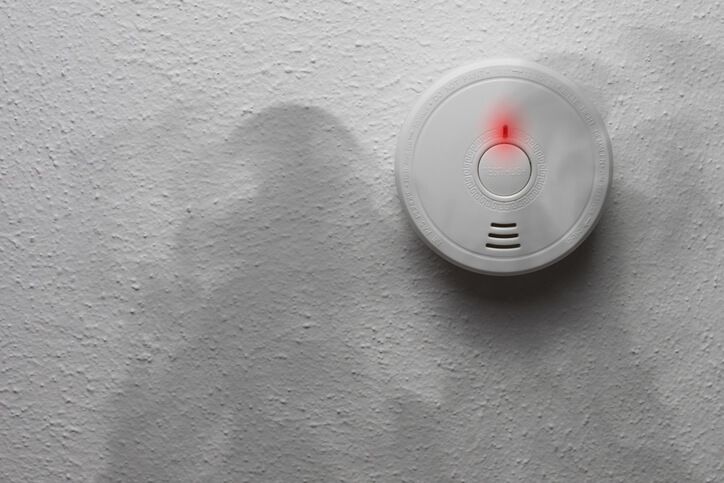Each year, carbon monoxide poisonings are responsible for hundreds of preventable deaths across the United States. Even though exposure to this toxic gas isn’t always fatal, the consequences of breathing carbon monoxide can result in severe illness and injuries.
Although most public and residential buildings require carbon monoxide detectors, poisonings continue to affect thousands of California residents. If you’ve been injured from carbon monoxide poisoning, you can file a claim to hold the responsible parties accountable.
Carbon monoxide poisoning is a dangerous and life-threatening emergency that results from breathing carbon monoxide (CO) fumes.
Carbon monoxide is an odorless, tasteless, and colorless gas produced whenever certain fuels are burned. Some of the most common sources of CO include:
- Gasoline and diesel
- Coal
- Kerosene
- Wood
- Propane and natural gas
Carbon monoxide is often the byproduct of industrial and domestic applications, including machinery, vehicles, tools, and appliances. Although carbon monoxide is harmless in small quantities, exposure to larger concentrations in unventilated areas can result in severe health consequences, including death.
Symptoms of Carbon Monoxide Poisoning
Whenever individuals are exposed to carbon monoxide, they can experience several health-related symptoms. Poisoning from this “silent killer” occurs when carbon monoxide molecules enter red blood cells in the body and deprive them of oxygen.
Reduced oxygen levels in the bloodstream can result in tissue damage, organ failure, and death.
Some of the most common signs and symptoms associated with carbon monoxide exposure include:
- Dizziness
- Confusion
- Weakness
- Fatigue
- Headaches
- Chest pain
- Nausea and vomiting
In many instances, people also report flu-like symptoms. Because carbon monoxide is difficult to detect, many people ignore the seriousness of these symptoms in the early stages of poisoning.
As a result, carbon monoxide poisoning often reaches high blood concentrations until individuals finally seek medical attention. The dangers of CO poisoning are even worse when people are asleep and unaware of symptoms.
Due to the dangers of this gas, California law requires almost all single-family homes to install CO detectors. Like fire alarms, these small units can be fitted on ceilings and walls and sound an alarm whenever detectable amounts of CO present themselves.
Health Complications Due to Carbon Monoxide
When it comes to exposure to CO, specific individuals are more prone to serious health risks, including:
- Young children
- Older adults
- People with heart disease
- Pregnant women
While many victims of non-fatal carbon monoxide exposure recover, prolonged exposure can result in severe health conditions, such as:
- Brain damage
- Heart complications
- Miscarriage or fetal death
Preventive safety measures are the best way to ensure a building’s occupants are safe from carbon monoxide at all times.
Common Sources of Carbon Monoxide in Homes
Although countless applications can produce dangerous levels of carbon monoxide, the most common sources for human poisoning include:
- Stoves and ovens
- Furnaces
- Water heaters
- Generators
- Gas and charcoal grills
- Chimneys
- Room heaters
- Vehicles
- Small engines
The threat of carbon monoxide poisoning can increase whenever these elements are located in areas with limited ventilation.
Preventing Carbon Monoxide Poisoning
Although carbon monoxide is difficult to detect, there are standard methods to reduce the likelihood of exposure, especially in homes. Some of these include:
- Install working carbon monoxide detectors throughout the home
- Perform yearly inspections on appliances that produce CO
- Check and clean chimneys frequently
- Engage in the safe use of fuel-burning elements
While you can take preventive measures against carbon monoxide poisoning, many situations are out of your control.
Manufacturers, employers, and building owners are often at fault for carbon monoxide exposure. If you’ve been exposed to carbon monoxide due to negligence, you may be able to sue for damages.
Thompson Injury Law represents environmental law claims in San Diego, CA. Contact us today for a free consultation.


